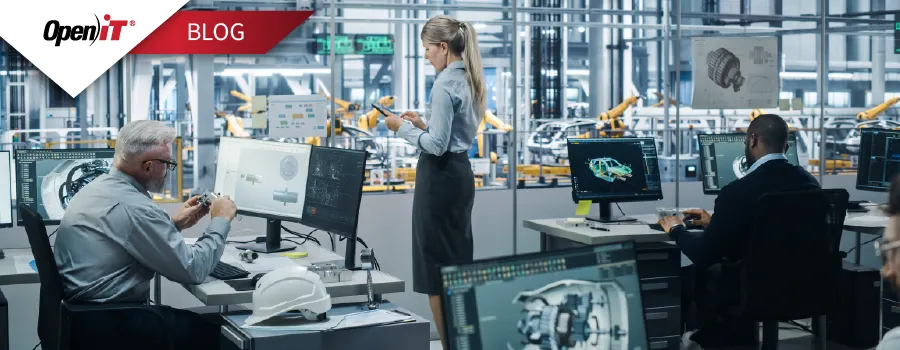The latest Siemens NX X Manufacturing update introduces a new entry-level package that gives users access to advanced CAD and CAM features. While this lowers barriers for engineering and manufacturing teams, it also introduces new licensing challenges, especially for automotive organizations managing global, multi-user environments.
NX X Manufacturing Essentials, introduced alongside Standard, Advanced, and Premium tiers, signals a shift in Siemens’ licensing approach. This cloud‑delivered, modular package lowers the entry barrier for engineers, designers, planners, and shop‑floor professionals who need both basic and advanced CAD/CAM capabilities.
From a usability standpoint, Essentials is a clear win, supporting digital continuity across the manufacturing value chain and enabling broader participation in production workflows. From a license‑management standpoint, however, it adds complexity especially when paired with NX Value‑Based Licensing (VBL), which extends capabilities through token consumption.
Siemens NX Value-Based Licensing: Flexible But Unpredictable
NX VBL gives teams on‑demand access to advanced capabilities such as 5‑axis milling, CMM inspection, and on‑machine probing via a token‑based model. Instead of being tied to named users or perpetual seats, these features are consumed as needed from a shared token pool.
This model offers flexibility and scalability:
- Access premium capabilities without large upfront commitments.
- Scale access across programs, plants, and suppliers.
- Align spend with actual feature use, not static allocations.
But flexibility can mean volatility. Token‑based spend shifts costs from fixed to variable, complicating forecasts and budgets especially during program milestones, tooling campaigns, and late‑stage change bursts. It also requires stronger alignment across teams sharing the same token pool.
Where Visibility Breaks Down in NX Licensing
Automotive depends on high‑precision planning often to the minute. Without the right tracking, token models create blind spots: Who used what? For how long? Was a token actively used or sitting idle? Were priority jobs delayed because tokens were tied up elsewhere?
Standard logs often miss user‑level activity, command‑level detail, true active vs. idle time, and concurrency peaks the insights needed to right‑size pools. In global, 24/7 operations, overlapping time zones and siloed teams can cause contention, queueing, and unplanned token overruns.
How Open iT Restores Clarity to Siemens NX Token and Seat Usage
Open iT closes the visibility gap with real‑time, granular usage analytics across users, sites, and NX modules down to command and feature level plus dashboards and alerts. Automotive manufacturers can:
- Calculate true cost‑per‑module/feature and per program.
- Spot inefficient token burn and idle check‑outs.
- Reallocate underused seats/tokens to reduce overprovisioning.
- Negotiate from data: vendor‑ready utilization evidence.
- Plan renewals with forecasts tied to engineering calendars.
By distinguishing active vs. idle time and mapping usage to projects, parts, and shifts, Open iT helps teams cut waste, reduce wait times, and protect critical production work.
Align Licensing with Engineering and Production Priorities
Siemens NX for automotive manufacturing is more dynamic than ever and harder to govern without data.
Open iT cuts through complexity with engineering‑grade SAM: governance controls, budget guardrails, forecasting, and role‑based dashboards aligned to your priorities speed, efficiency, compliance, and control.
By making licensing a strategic asset, not a cost liability, Open iT helps automotive enterprises optimize every dollar spent on Siemens NX X Manufacturing.
Stop token waste and accelerate ROI. Schedule a demo with Open iT, or download the NX Token Governance Checklist to get started.






